How to create space in the slalom course
It was not a huge surprise that this won the voting contest. We learn from when we first run the course how hard it can be to get to the balls until we learn how to create enough space to set up early turns. Each time we speed up or shorten the rope the buoys seem to come faster and we go straight at them until we get the confidence to commit to the pass.
In a nut shell space is created by a higher edge angle of the ski. The more the ski is rolled over the more it will go across the lake. The flatter the ski is the more the boat is able to pull you down course. There are 2 factors that go into how much edge angle is necessary at each line length 1. is the speed of the boat 2. is the rope length. When I am coaching kids who are going up through the speeds and starting to get into short line I have scale for them to identify their lean angle. Lean angle is how much you have your ski between you and the boat. (see pic of T-Gas) As we lean over in the turn the ski rolls on edge, and we set our line across the lake the pull of the boat comes on and we are either set with enough edge angle to accept the forces of the boat OR we leave ourselves vulnerable and need to start fighting the boat to maintain what we have so the boat doesn't flatten out the ski at the centerline. The goal is find the amount of lean angle/leverage to where we can relax and let the boat swing us without the fear of the boat taking away the edge we have. After you run a pass ask yourself how much did I have to fight/pull to make that pass? Now run it again with a little more lean angle and watch how you can relax more and have more space before the ball.
TIME OUT
Now before I go any further all leans are NOT created equal. When I am talking about lean angle I am talking about an efficient position to apply edge angle to the ski. This position is a staked straight body position. As soon as the skeletal alignment is broken the edge angle to load ratio changes. Also our balance on the ski moves as the other 2 planes of balance compensate. Lean angle can create edge angle and allow you to relax and load the rope less OR if you are not stacked as you lean more the edge angle will increase yes and yes you will create a little more space but the load on the rope will go up way more and punish you or even take away your space right as you change your edge. The next article will address how to get stacked. Before you go and try to increase your lean angle do a quick posture check…try simply improving your posture and see how that affects your space before the ball.
TIME IN
As the speed goes up or the rope shortens the base lean angle/leverage for each pass increases. I try to have skiers identify what lean angle allows them to fully relax and be as early as they want to be. I then have them identify what number out of 10 that is. Then as they shorten or speed up, if they want to have the same amount of space then they have to increase that lean angle by 1. For example if we identify that at 28 off a skiers lean angle is 4/10 then when we shorten they must increase to a 5/10 OR expect to run straighter at the balls. Our natural tendency when we go to a harder pass is to back off as a result of the extra speed and swing of the pendulum. This slight reluctance or expectation of the pass being harder will allow the boat to take control and flatten the ski out a little through the wake and send you directly at the ball. If you have ever watched a pro from the boat when they run 28,32,35 and even 38 it is crazy how much space they can create. This is because they are working on a higher scale of lean angle/leverage based on what they need to feel at 39 &41. They are much further past the “base” lean angle then a skier who may be maxed out at 35 off.





